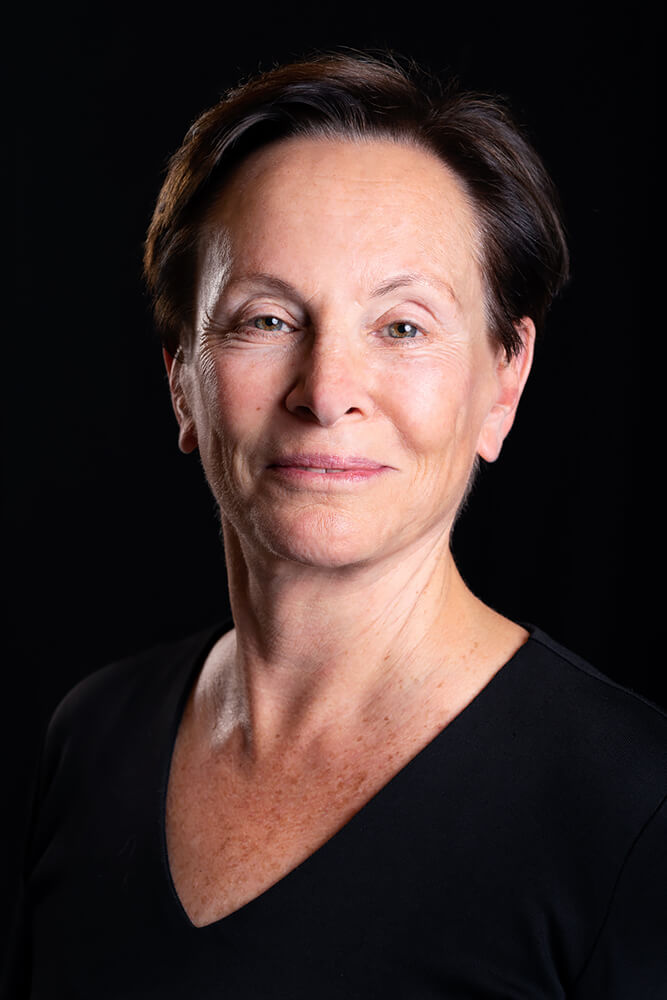Fern L. Nesson is a graduate of Harvard Law School. She received an
M.A. in American History from Brandeis and an M.F.A in Photography from
the Maine Media College. She lives in Cambridge, Massachusetts. She
practiced law in Boston for twenty years and subsequently taught American
History and Mathematics.
Nesson's photographs have been shown internationally in solo
exhibitions at the Politecnico University in Torino, Italy, Les Rencontres de
la Photographie in Arles, France, Ph21 Gallery in Budapest, Hungary and
at The University of the West Indies in Kingston, Jamaica. In the United
States, Nesson has had solo exhibitions at the Griffin Museum of
Photography, at MIT and Harvard, and at the Beacon Gallery in Boston,
Massachusetts, the Pascal Gallery in Rockport, and Maine, and Through
This Lens Gallery in Durham, NC. Additionally, her work has been selected
for numerous juried exhibitions in the U.S., Barcelona, Rome and
Budapest. Nesson's photobooks, Signet of Eternity and WORD, won the
10th and the 12th Annual Photobooks Award from the Davis-Orton Gallery.
Her photography can be found at www.fernlnesson.
Statement
''Art should not be copies of living things
but... [itself] be [a] living thing –
a real living form.'' Malevich (1916)
My photographs capture the moment when mass becomes
energy. My goal is to create living works of art that offer energy to the
viewer. I shoot from reality; my images are never constructed, only
sparingly edited. They distill a scene or an object it to its essence.
Photographs that embody energy rely upon the camera to record
a specific moment but, if they hit their mark, they escape and float
free of it. The energy from the moment of capture enlivens these
images. Like Cezanne's paintings, they are alive, they breathe.
An energetic image expresses interconnectedness, visualizes
movement and flow. It constitutes a moment of transcendence and
teaches us that, although everything changes form, nothing is ever
destroyed. It lives on, resonating with the past, celebrating the
present, pointing to the future, embodying the universal, iconically
representing the eternal. As Whitman’s wrote in Leaves of Grass, it
can “chant the [viewer] into a new state of being, get him psychically
airborne, boost him up to that height where he can identify with the
past and commune with the future.”
